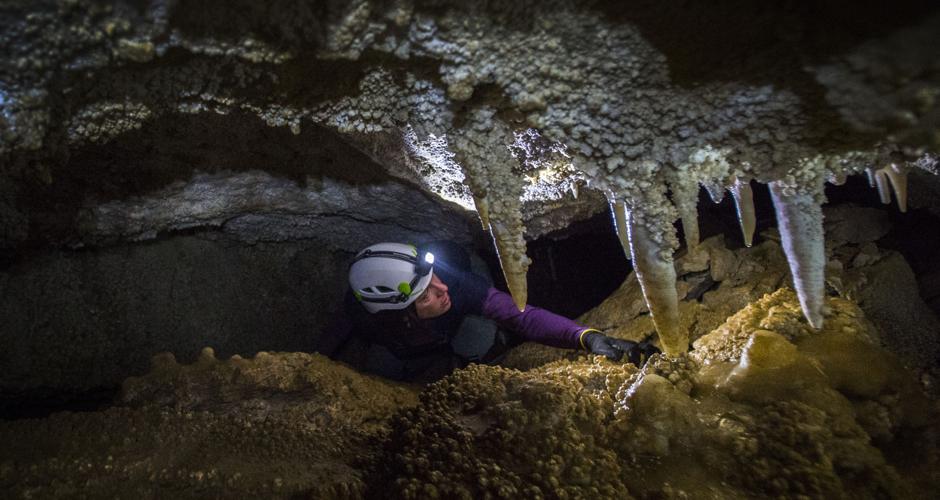Unusual parts of Colorado's landscape have joined rare ranks.
The U.S Department of Interior has named Glenwood Caverns and Iron Mountain Hot Springs as a combined national natural landmark. The National Park Service currently lists 14 in Colorado, including Hanging Lake also near Glenwood Springs, Garden of the Gods, Roxborough State Park and the Spanish Peaks.
In total, the department oversees more than 600 national natural landmarks, so designated for "outstanding biological and geological resources" and "bringing illustrative character, rarity, diversity and value to science and education."
Colorado has 2 new national historic landmarks in vision for 'inclusive conservation'
Glenwood Caverns — including the formations known as Fairy Cave and Holly Cave — along with Iron Mountain Hot Springs are commercial attractions owned by Steven and Jeanne Beckley. They applied for national natural landmark status years ago.
In a statement, U.S. Sen. Michael Bennet called the sites "iconic Colorado treasures" and voiced appreciation for "the Beckleys' ongoing efforts to preserve these valuable resources for future generations."
In gaining the designation, the National Park Service lists benefits of grant opportunities, technical support and additional protection against construction or development that might impact the sites.
In a news release, the agency praised Glenwood Caverns as "one of the most decorated caves in the state." That's thanks to ancient processes "still in place at Iron Mountain Hot Springs, giving us a window into the past," according to the release.
Deep human history the latest focus of research at Corral Bluffs east of Colorado Springs
The caves are the result of ancient downcutting by the Colorado River, combined with the upward migration of geothermal forces, the National Park Service explained in the release.
"The caves were formed by both carbonic and sulfuric acids, with water that ascended from a deep-seated source," it reads. "This is the only known cave system in the southern Rocky Mountains where this combination of natural processes occurs."
Glenwood Caverns is one of the longest cave systems known in Colorado, the agency noted, with more than three miles of mapped passages. The system hosts "rare and diverse ecosystems," home to eight unique troglobites (cave-dwelling organisms), research determined.
Research also found several microorganisms living in the extremes of the mineral springs, including 25 types of bacteria.
More mountain bike trails added to growing network in southern Colorado








(0) comments
Welcome to the discussion.
Log In
Keep it Clean. Please avoid obscene, vulgar, lewd, racist or sexually-oriented language.
PLEASE TURN OFF YOUR CAPS LOCK.
Don't Threaten. Threats of harming another person will not be tolerated.
Be Truthful. Don't knowingly lie about anyone or anything.
Be Nice. No racism, sexism or any sort of -ism that is degrading to another person.
Be Proactive. Use the 'Report' link on each comment to let us know of abusive posts.
Share with Us. We'd love to hear eyewitness accounts, the history behind an article.